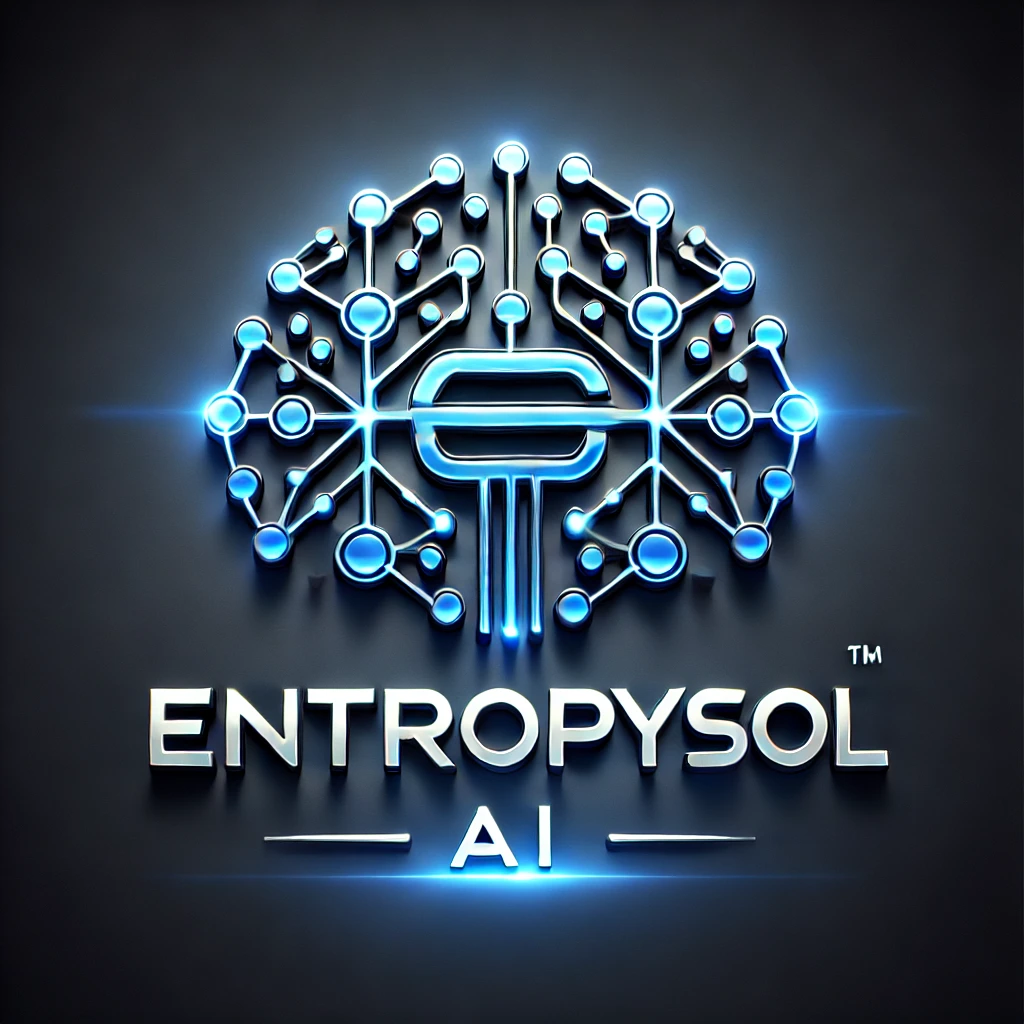In the dynamic world of Reinforcement Learning (RL), an agent learns to make sequential decisions by interacting with an environment. It observes states, takes actions, and receives rewards, with the ultimate goal of maximizing its cumulative reward over time. One of the most popular and robust algorithms for achieving this is Proximal Policy Optimization (PPO).
The Challenge of Policy Gradients
Many RL algorithms operate on the principle of policy gradient, where the policy model (often a neural network) directly learns a mapping from states to actions. While intuitive, vanilla policy gradient methods can be notoriously unstable. A large update to the policy, even if seemingly beneficial in one step, can drastically alter the agent’s behavior, sending it into a region of the state space where it performs poorly or even catastrophically. This “destabilization” makes reliable training difficult.
Proximal Policy Optimization (PPO): A Stable Solution
Developed by OpenAI, PPO addresses this instability head on. It is a policy gradient algorithm designed to strike a delicate balance: allowing significant policy updates to facilitate learning, while simultaneously restricting them enough to maintain stability. PPO achieves this by ensuring that new policies do not deviate too far from older ones during each optimization step, keeping updates “proximal.”
PPO typically operates within an actor critic framework. The actor is the policy model that learns which actions to take in a given state. The critic is a separate neural network that learns to estimate the value function, predicting the expected future rewards from a given state. The critic’s estimations are crucial for calculating the advantage estimate, which tells the actor how much better a chosen action was compared to the average expected outcome for that state.
How PPO Works: The PPO Clip
The defining innovation of PPO is its clipped surrogate objective function, often simply referred to as the PPO clip. In essence, PPO limits the magnitude of policy updates. When an agent collects experience, PPO calculates a ratio of the probability of taking an action under the new policy versus the probability under the old policy.
If this ratio, combined with the advantage estimate, suggests an update that would lead to a drastic change in the policy (i.e., the ratio exceeds a predefined clipping threshold, typically 0.2), the objective function is “clipped.” This means the update is constrained to prevent the policy from diverging too much from its previous version. This simple yet powerful mechanism ensures that the training loop remains stable, preventing erratic behavior and promoting consistent learning.
The training loop in PPO typically involves:
- The agent interacts with the environment using the current policy model, collecting trajectories of states, actions, and rewards.
- These experiences are used to calculate advantage estimates.
- The PPO clip objective is then optimized using a few epochs of stochastic gradient descent (often implemented efficiently in PyTorch) on the collected data, updating both the policy model (actor) and the value function (critic).
- This process iterates, gradually refining the policy model.
PPO in Practice and Its Impact
PPO’s combination of simplicity, stability, and strong performance has made it a go to algorithm across a wide array of domains. It has achieved state of the art results in robotics, game AI (from controlling characters in video games to mastering complex board games), and autonomous systems.
Crucially, PPO is a cornerstone algorithm in the alignment of large language models (LLMs). In the Reinforcement Learning from Human Feedback (RLHF) pipeline, after a reward model has been trained to quantify human preferences, PPO is often the algorithm used to fine tune the main LLM (the policy model) to maximize these rewards, thereby aligning its outputs with human expectations for helpfulness and safety.
Conclusion
Proximal Policy Optimization stands out as a robust and efficient algorithm in the Reinforcement Learning landscape. Its clever use of the PPO clip to balance exploration and stability has made it an indispensable tool for developing intelligent agents that can master complex tasks and, increasingly, align advanced large language models with human values.
